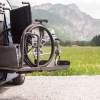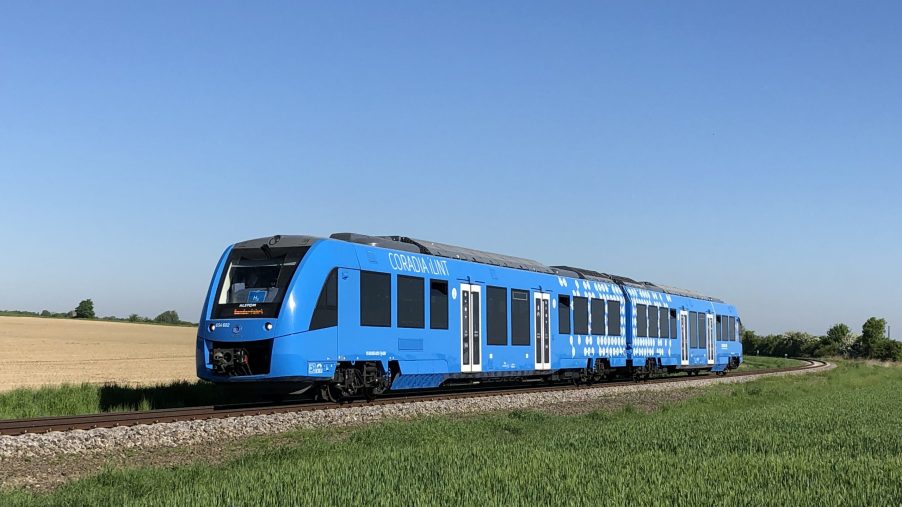
You Know of Hydrogen Cars, How About Hydrogen Trains?
While electric cars are the popular option for a sustainable future, hydrogen cars are an alternate solution to the problem. Toyota has already bet big on hydrogen, pushing back on battery electric vehicles. But cars aren’t the only modes of transport in need of a rethink. Let’s take a look at Alstom, the company responsible for the first hydrogen powered train.
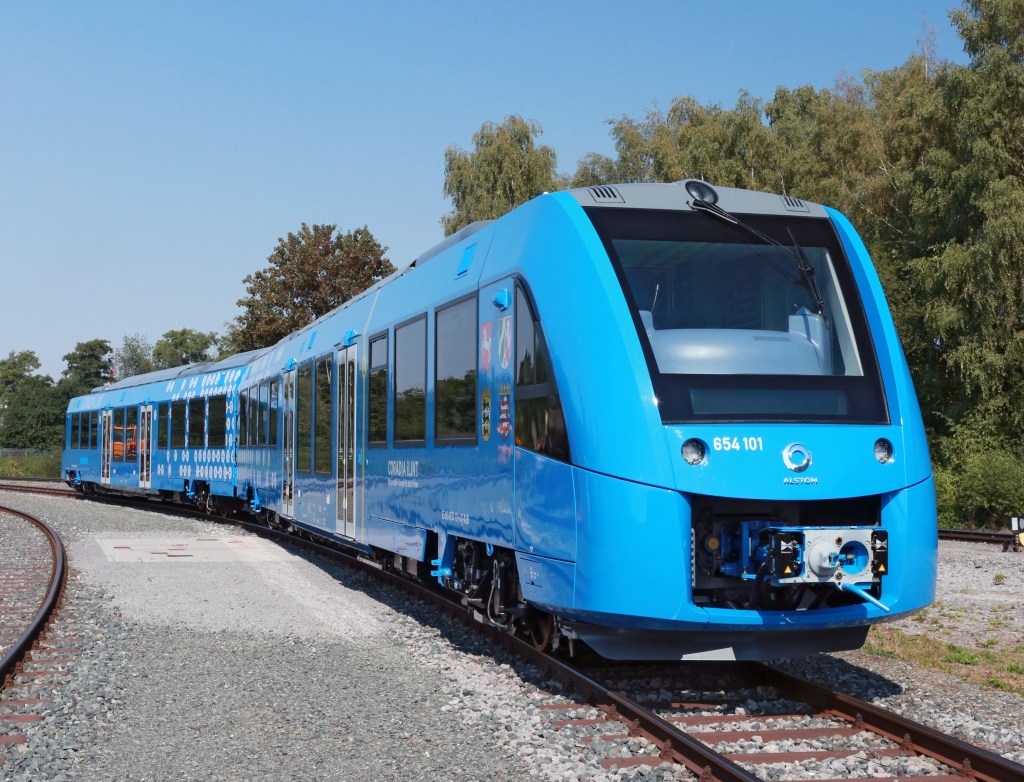
Alstom SA has been harking hydrogen trains since 2016
Alston’s hydrogen train prototype, the Coradia iLint, premiered at the 2016 International Trade Fair for Transport Technology. Think of it as an auto show, but for more than just cars. Fashioned out of a dirty diesel train, the Coradia iLint is a zero-emissions train, powered solely by hydrogen and creating electricity through fuel cells.
Just like a hydrogen car, the Coradia produces very little noise. And the only thing that comes out the exhaust pipe is water. But what makes the Coradia different from other electric trains is that they can run on regular rails. See, lots of electric trains run on an electrified wire, kind of like bumper cars. But the Coradia can run independent of wires, chugging along so long as it has hydrogen in the tank.
Now, let’s talk about hydrogen costs. According to Car and Driver, in California, it’ll run you $16.51 for a kilogram of hydrogen. And while that metric is primarily for hydrogen cars, it makes it easier to understand that hydrogen trains will be pricey to fuel. In fact, electric trains will be about 35% cheaper to run than hydrogen trains, according to a study by the Association for Electrical, Electronic & Information Technologies.
But hydrogen trains have one key advantage over electric trains: range. The Coradia is able to travel 1,000 km, or 621 miles, at a speed of 140 km/h, or 86 mph. And already, the technology is being implemented across Europe.
The Coradia iLint Hydrogen trains are already scattered around Europe
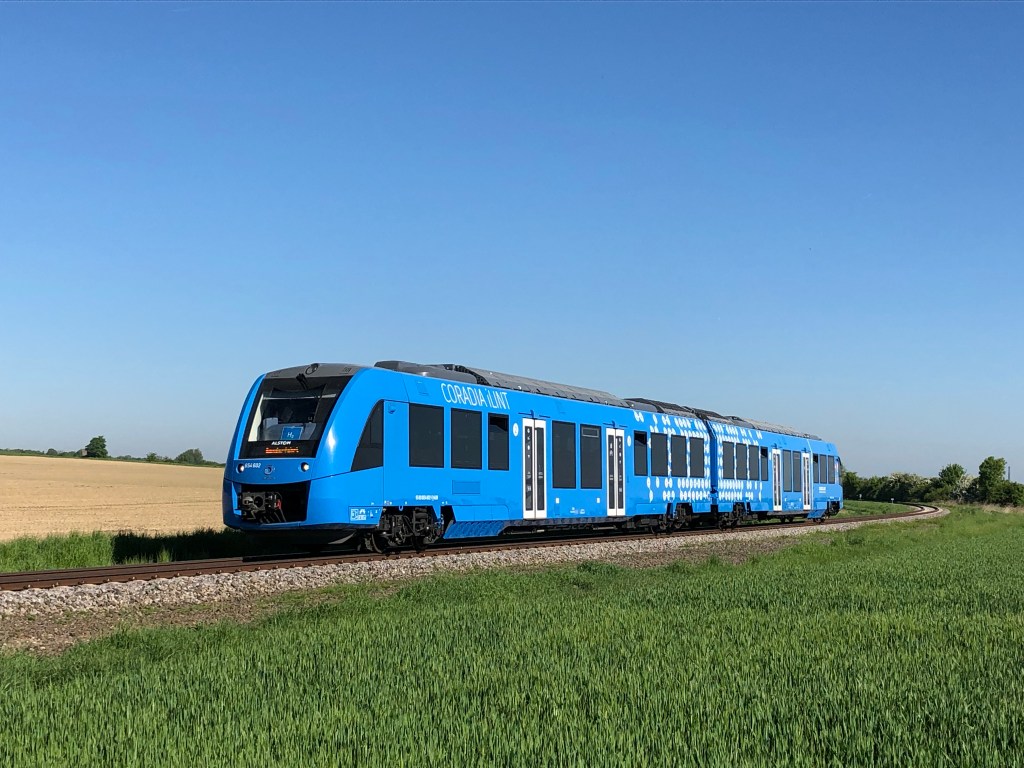
Just yesterday, August 25th, the first Coradia iLint ran in Sweeden. And the 100% hydrogen-powered train has already been riding around Germany, Austria, the Netherlands, and Italy. And the demand for hydrogen trains across the EU grows stronger by the day.
According to Fortune, next March, the Coradia iLint will begin journeys in Germany on a commercial route spanning from Buxtehude, outside Hamburg, to the beach town of Cuxhaven. You see, most of the Coradia iLints on the rails today have been test models, but Europe is seeing to it that the trains are heavily implemented in the years to come. After all, eliminating one diesel train is the equivalent of eliminating 400 gas-powered cars.
The first Coradia iLint Hydrogen trains build have already seen over 100,000 km of track. But their rapid implementation in Europe makes sense, since trains are a way of life over there. That begs the question: will this technology ever make it overseas?
Will hydrogen trains ever come to the states?
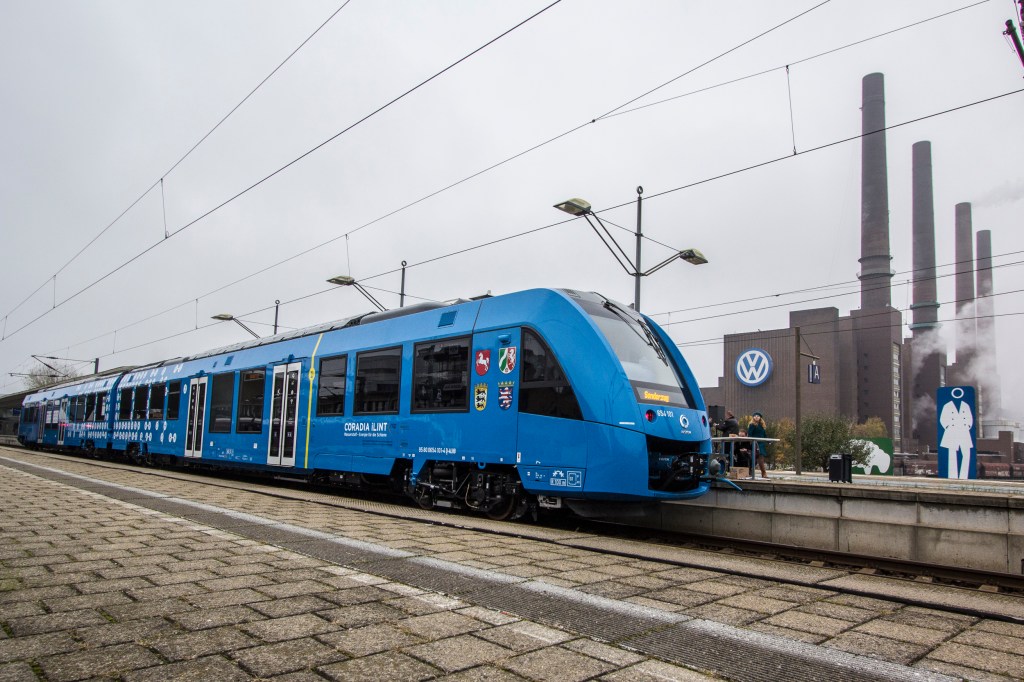
Eventually, yes, but chances are it’ll be in the hydrogen capital of America: California. Hydrogen cars already have a strong foothold over there, thanks to a vast hydrogen network. According to RailTech, there are already talks of hydrogen trains, with will hopefully be implemented in San Bernardino County by 2024.
Though the nine-mile route is far less ambitious than the 100 km (62-mile) route the Coradia iLint will start taking this coming March. And it’ll be years before our cross country railways like Amtrack even consider a zero-emissions future. But for now, we’ll learn from Europe, and from Alstrom, on the best methods for reaching that clean future.
